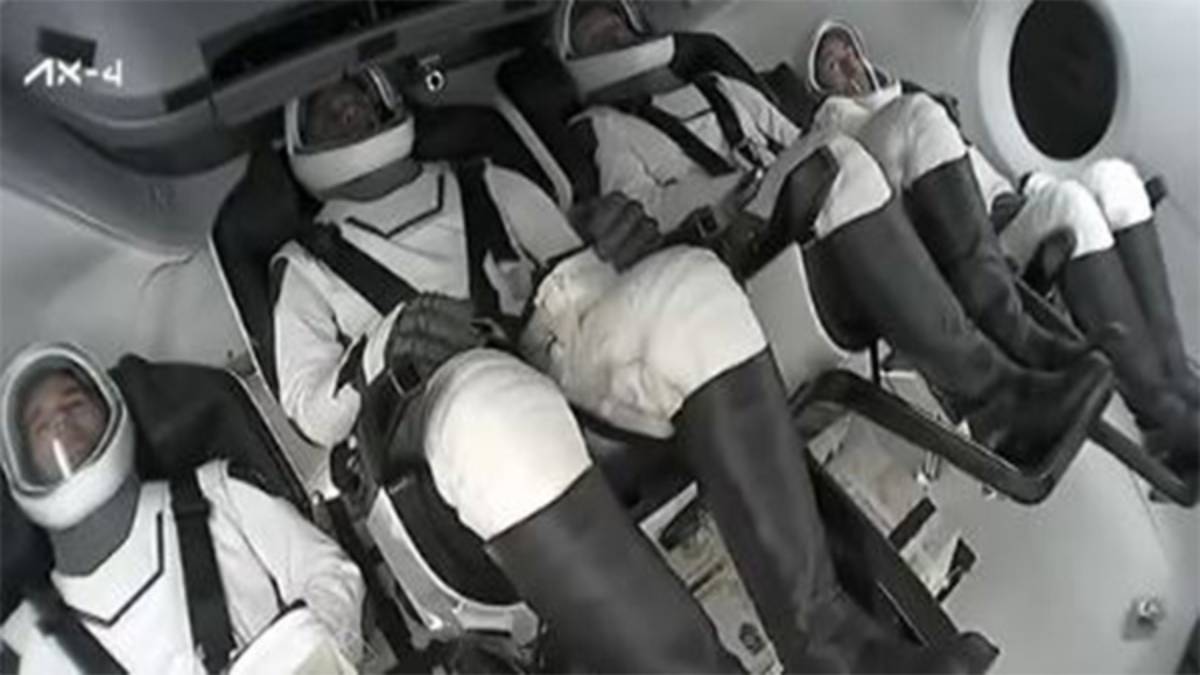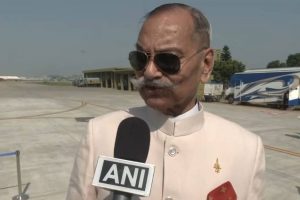Group Captain Shubhanshu Shukla, pilot of the historic Axiom Mission 4 (Ax-4), declared with pride that India has returned to space after 41 years, calling the journey an “amazing ride” and a bold beginning for the nation’s human spaceflight programme.
Speaking from onboard the SpaceX Dragon spacecraft, Shukla said: “Namaskar, my dear countrymen, what a ride. We are back in space once again after 41 years. It’s an amazing ride. We are revolving around the Earth at a speed of 7.5 kilometres per second. The Tiranga embossed on my shoulders tells me that I am with all of you. This is not just a journey to the ISS—it is the beginning of India’s Human Space Programme. Your chest should swell with pride. Jai Hind! Jai Bharat!”
The Ax-4 mission lifted off at 2:31 am EDT (12 Noon IST) from Launch Complex 39A at NASA’s Kennedy Space Center in Florida. The spacecraft is scheduled to dock with the International Space Station (ISS) at 7 am EDT (4 pm IST) on June 26.
Shukla, an IAF test pilot and one of the astronauts selected for ISRO’s Gaganyaan mission, becomes the first Indian in space since Wing Commander Rakesh Sharma, who flew aboard Soviet mission Soyuz T-11 in 1984.
The Ax-4 crew includes:
- Commander Peggy Whitson, former NASA astronaut and Axiom’s Director of Human Spaceflight
- Slawosz Uznanski-Wisniewski, ESA project astronaut from Poland
- Tibor Kapu, Hungary’s representative astronaut
The astronauts are equipped with the Axiom Extravehicular Mobility Unit (AxEMU), a next-generation spacesuit tailored for future Moon missions and extended operations in space.
Ax-4 is the most science-focused Axiom mission to date, featuring around 60 research experiments involving 31 countries—including India, the U.S., Brazil, UAE, Nigeria, and nations across Europe.
Joint NASA–ISRO investigations onboard the ISS include:
- Muscle regeneration studies
- Growth of sprouts and microalgae
- Survival of microscopic aquatic life
- Human-computer interaction in microgravity
With this mission, India marks a resurgent presence in human spaceflight, building momentum toward its ambitious goal of landing an Indian on the Moon by 2040.





